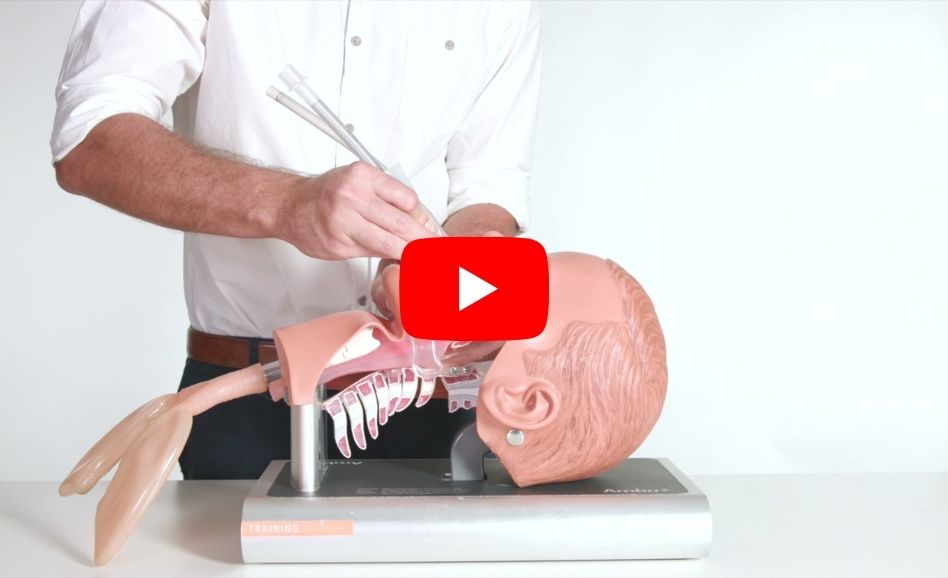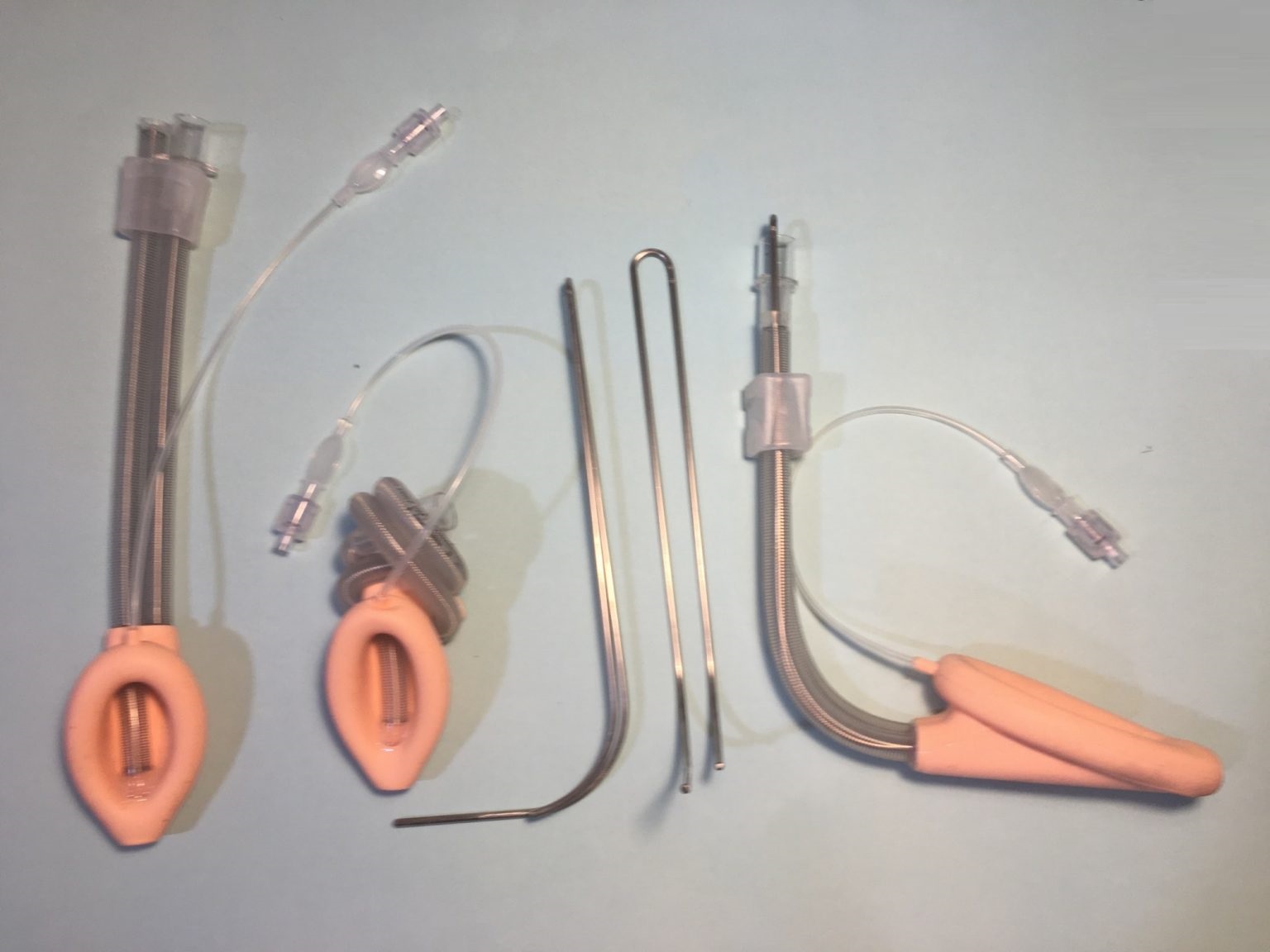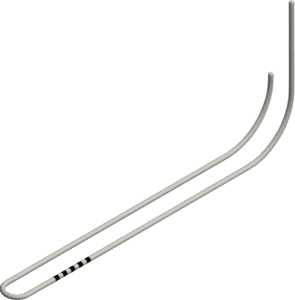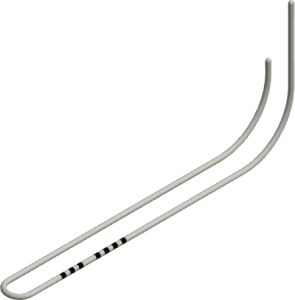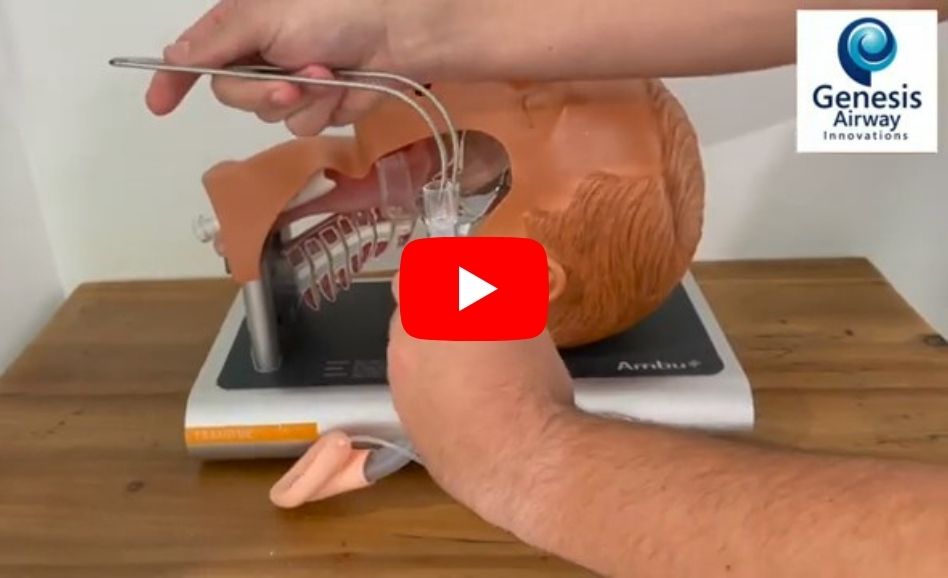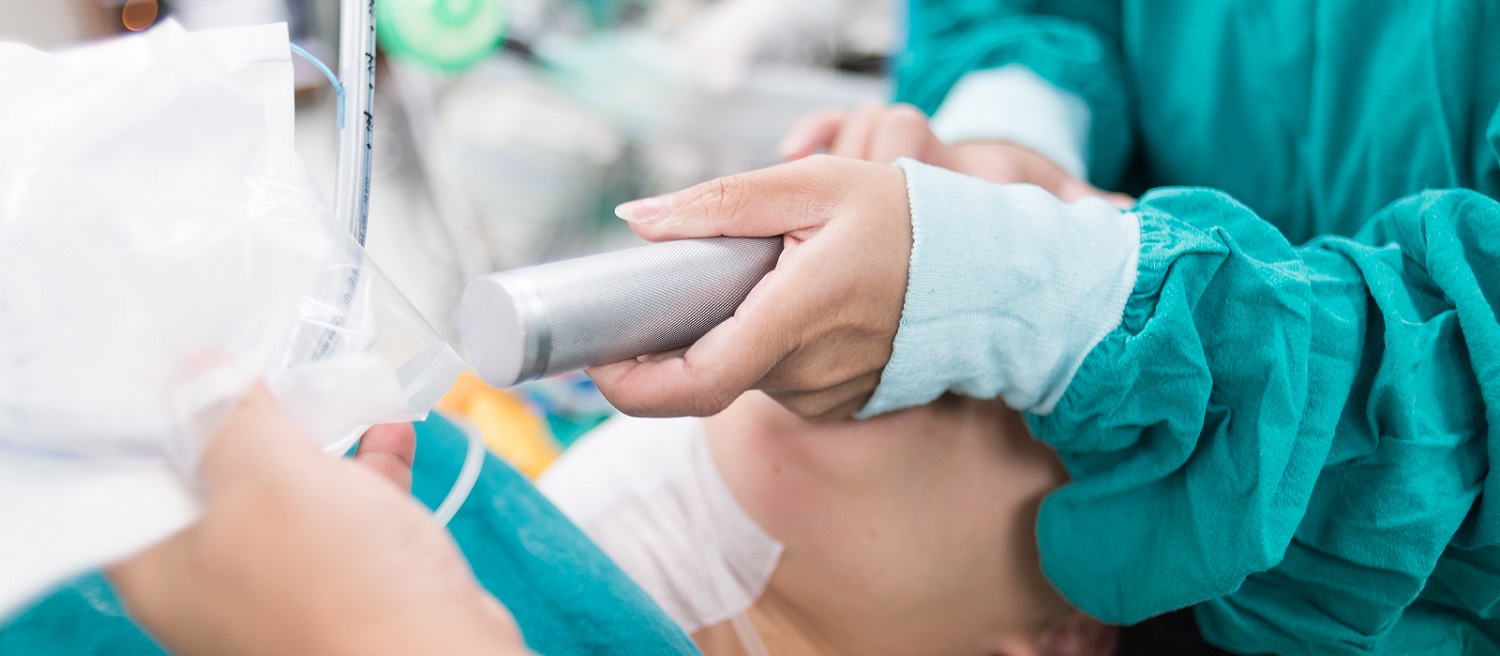
Flexi – 2G SAD with Sliding Bite Block
The first single-use, second generation, flexible laryngeal mask airway.
Flexi – 2G SAD with Sliding Bite Block is differentiated from other second generation SAD’s by having a flexible wire‐reinforced airway tube and separate flexible wire‐reinforced drainage tube that allows it to be positioned away from the surgical field. It may be particularly useful in procedures where the surgeon and anaesthesiologist are working in the same area, such as procedures involving the mouth, head or neck.
The flexibility of the airway tube provides an easy connection at any angle from the mouth. The tube may be relocated from side-to-side during the surgical procedure, without loss of seal of the cuff against the larynx.
The sliding bite block allows the airway tube to be easily repositioned for surgical access and prevents airway occlusion and negative pressure pulmonary oedema caused by the patient biting down on the airway tube.
Has a wide bore gastric drainage channel made of reinforced tubing (preventing collapse of the tube particularly when suction is applied) allowing easy insertion of a nasogastric tube and facilitates drainage of large volumes of gastric regurgitated fluids.

